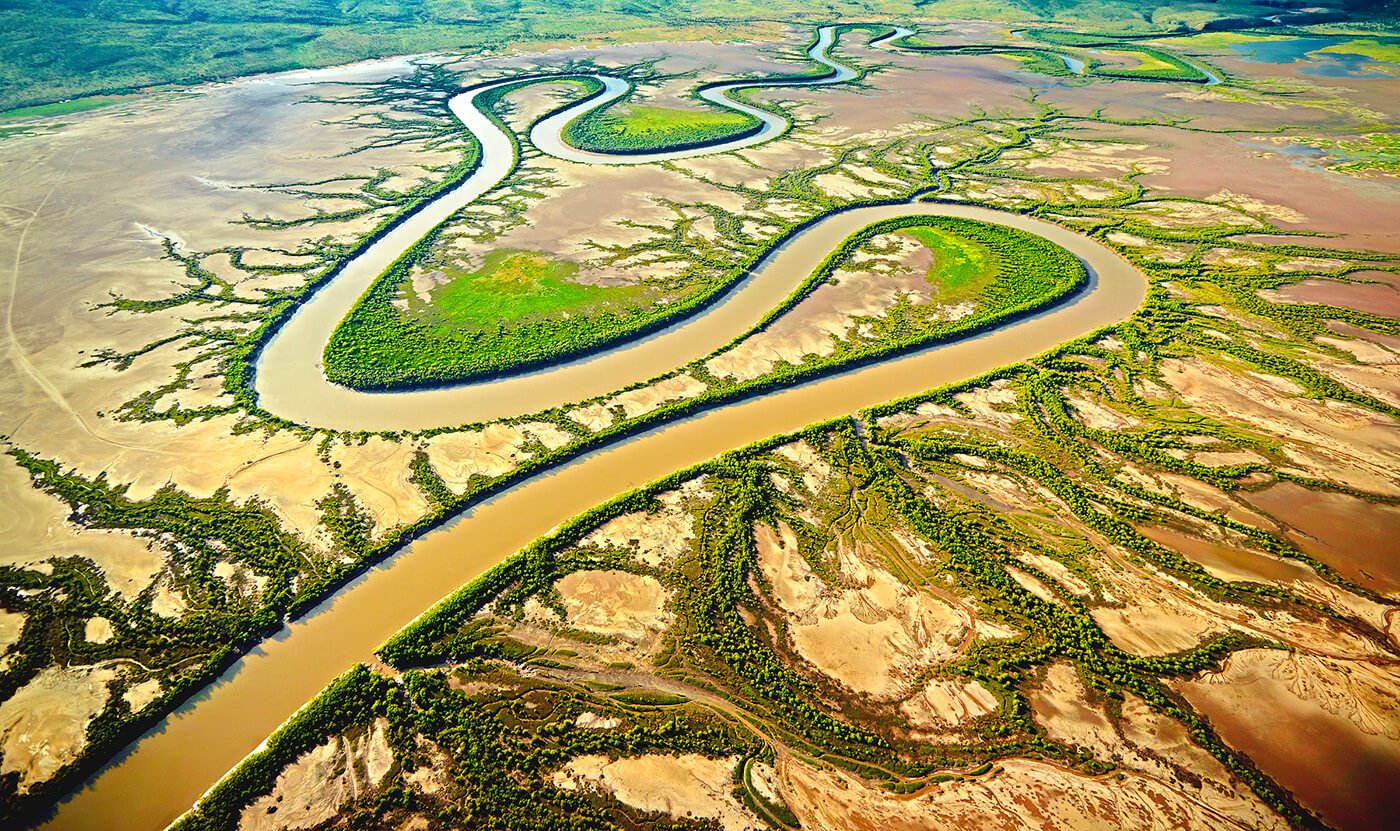Unlocking the Mysteries of Floodplains: What You Need to Know
Discover the essential facts about floodplains, their significance, and how they impact our environment. Get insights into what floodplains are and why they matter.
Introduction
Floodplains are fascinating and critical components of our natural landscape. They are not just low-lying areas adjacent to rivers; they are dynamic ecosystems with unique features and functions. In this comprehensive guide, we will delve into the world of floodplains, answering the fundamental question: What is a floodplain?
What is a Floodplain?
A floodplain is a level or gently sloping area adjacent to a river, stream, or any body of water that periodically overflows. It serves as a natural reservoir for excess water during heavy rains or snowmelt, helping to prevent catastrophic flooding in downstream areas.

The Formation of Floodplains
Floodplains are created through a combination of geological, hydrological, and environmental processes. When rivers meander and change course over time, they deposit sediments, forming these fertile plains.
The Significance of Floodplains
- Natural Flood Control: Floodplains act as nature’s flood control mechanism. During heavy rainfall, they absorb and store water, reducing the risk of downstream flooding.
- Fertile Ground: The sediments deposited in floodplains make the soil exceptionally fertile. This makes floodplains ideal for agriculture, supporting the growth of crops.
- Biodiversity Hotspots: Floodplains are rich in biodiversity. They provide habitat for numerous plant and animal species, many of which are specially adapted to the dynamic flooding patterns.
The Anatomy of a Floodplain
Understanding the components of a floodplain is crucial to appreciating its complexity and importance.
1. Main Channel: This is the primary watercourse, usually a river or stream, running through the floodplain.
2. Banks: The sides of the main channel, which confine the flow of water.
3. Levees: Raised embankments along the banks that help contain floodwaters within the floodplain, protecting surrounding areas.
4. Terraces: These are raised landforms within the floodplain, often created by the river’s historical meandering.
5. Backswamps: Low-lying areas that retain water after a flood, gradually releasing it back into the main channel.
6. Natural Levees: Elevated ridges composed of sediment deposited by previous floods, acting as barriers to limit water flow.
The Role of Floodplains in Ecosystems
Floodplains are more than just flood buffers; they play a vital role in maintaining ecological balance.
1. Nutrient Cycling: Floodwaters carry nutrients from the land into the floodplain, enriching the soil and supporting lush vegetation.
2. Wildlife Habitat: Many animals rely on floodplains for breeding, nesting, and feeding. These areas are particularly important for migratory birds.
3. Water Purification: Floodplains naturally filter pollutants from water, helping to maintain water quality downstream.
Human Interaction with Floodplains
Human settlements and activities often intersect with floodplain areas, which can lead to both benefits and challenges.
1. Agriculture: Many of the world’s most productive agricultural regions are located in floodplains due to their fertile soil. However, this proximity to water also makes crops vulnerable to flooding.
2. Urban Development: Floodplains are attractive locations for cities and towns. While this proximity to water can enhance the quality of life, it also poses flood risks to these communities.
3. Flood Management: Humans have developed various strategies for managing floods, including levees, dams, and floodplain zoning regulations.
FAQs About Floodplains
Q: Are floodplains always flooded?
A: No, floodplains are not constantly underwater. They only flood during periods of heavy rainfall or snowmelt when water levels in the adjacent river or stream rise significantly.
Q: Can floodplains be developed for housing?
A: Yes, but with caution. Proper zoning and engineering measures must be in place to mitigate flood risks in developed floodplain areas.
Q: Do floodplains have any environmental benefits?
A: Absolutely. Floodplains support diverse ecosystems, filter water, and provide fertile soil for agriculture.
Q: Are floodplains the same as wetlands?
A: While there is some overlap, floodplains are typically larger and may contain wetland areas. Wetlands are often part of the floodplain ecosystem.
Q: How can I protect my property in a floodplain?
A: Elevating your home, using flood-resistant building materials, and purchasing flood insurance are essential steps to protect your property in a floodplain.
Q: What is the historical significance of floodplains?
A: Many ancient civilizations settled along floodplains due to their fertile soil and access to water. Floods also played a role in cultural and religious beliefs.
Conclusion
In conclusion, floodplains are intricate and valuable features of our natural environment. They serve as both a blessing and a challenge to human civilization, offering fertile lands for agriculture while requiring careful flood management. By understanding what floodplains are and appreciating their significance, we can better coexist with these dynamic ecosystems and harness their benefits while minimizing risks.

